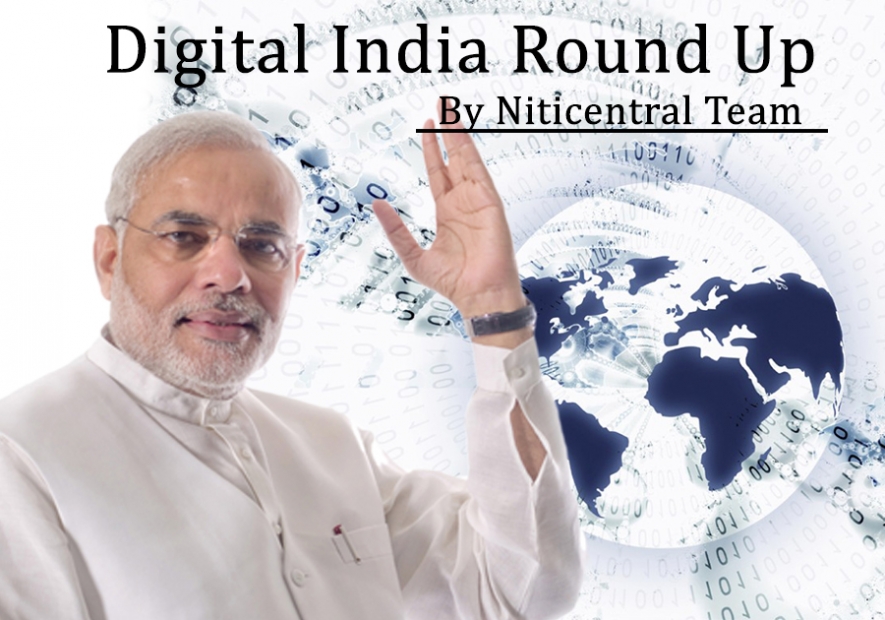Speaking here via video link at the DI Conclave organised by the Federation of Indian Chambers of Commerce and Industry Ravi Shankar Prasad, Indian Minister for Communications and Information Technology, said that the DI initiative was “basically a programme to bridge the divide between the digital have’s and digital have-nots [and] we need DI for the poor and the underprivileged”.
Outlining what Indian Ambassador to the U.S. S. Jaishankar described as the “formidable target of expanding high-speed Internet”, to a majority of Indians, The Hindu quoted Mr. Prasad to have said that the government of India hoped to create a digital architecture for the delivery of services, help spread digital literacy in the country and make the people of India digitally empowered as a consequence.
Included among these plans, which would ideally attract U.S. and other foreign businesses to invest in electronics products involved, are proposals to set up a National Optical Fibre Network, which entails setting up 700,000 kilometres of optical fibre networks connecting nearly 230,000 gram panchayats.
R.S. Sharma, Secretary of the Indian Department of Electronics and Information Technology, identified numerous applications that would directly improve the welfare and economic opportunities of the digital have-nots by providing a fillip to digital democracy through citizen participation and e-governance, and to e-commerce, and e-health initiatives.
“We understand very well that a programme of this size... can never be achieved without the active participation of industry, both in India and in the U.S.,” Mr. Sharma said, adding that issuance of Unique ID (UID) numbers and bank accounts, combined with the wide proliferation of mobile phone use across the country, all on an inter-operable basis, would immensely boost financial inclusion in India.
Supplying details on the scale of investment required in this sector Mr. Sharma said, “Though we have a requirement of $100m per year for electronic products, we estimate that there will be $400m annual requirement for electronic products in the year 2020, just about five years away. Unless we do something about manufacturing those products in our country we will be really having an unsustainable situation where we will not be able to import these [products] to a large extent.”
Assistant Secretary of State for Economic and Business Affairs Charles Rivkin said at the event that to achieve the DI outcomes “would mean allowing outside firms to compete on equal terms with no company imposed with restrictions… that amount to protectionist barriers. By removing these barriers India’s IT industry would have direct access to global supply chains which are so critical to its innovators and its entrepreneurs.”
However Mr. Sharma emphasised that special incentives would be provided to potential investors, noting that the government of India had “come up with a programme of a large number of incentives in terms of financial, taxation and infrastructure, which makes India an extremely effective destination for the manufacture of electronic products, starting from cell phones to solar panels.”
He added that the Modi government was “conscious of the fact that the costs of doing business, or the disabilities that existed [earlier] in manufacturing in India must be removed... We need to ensure that India becomes a more attractive destination [for electronics production] than China.”



















